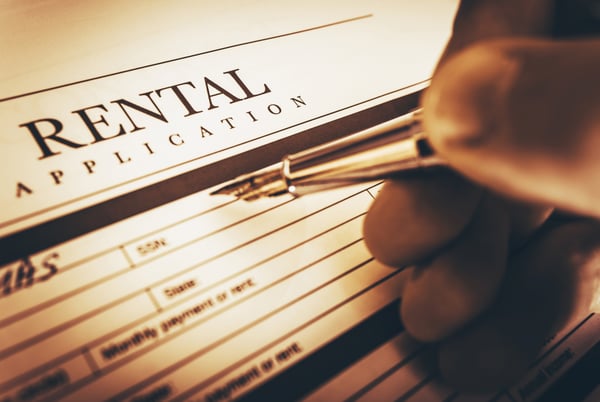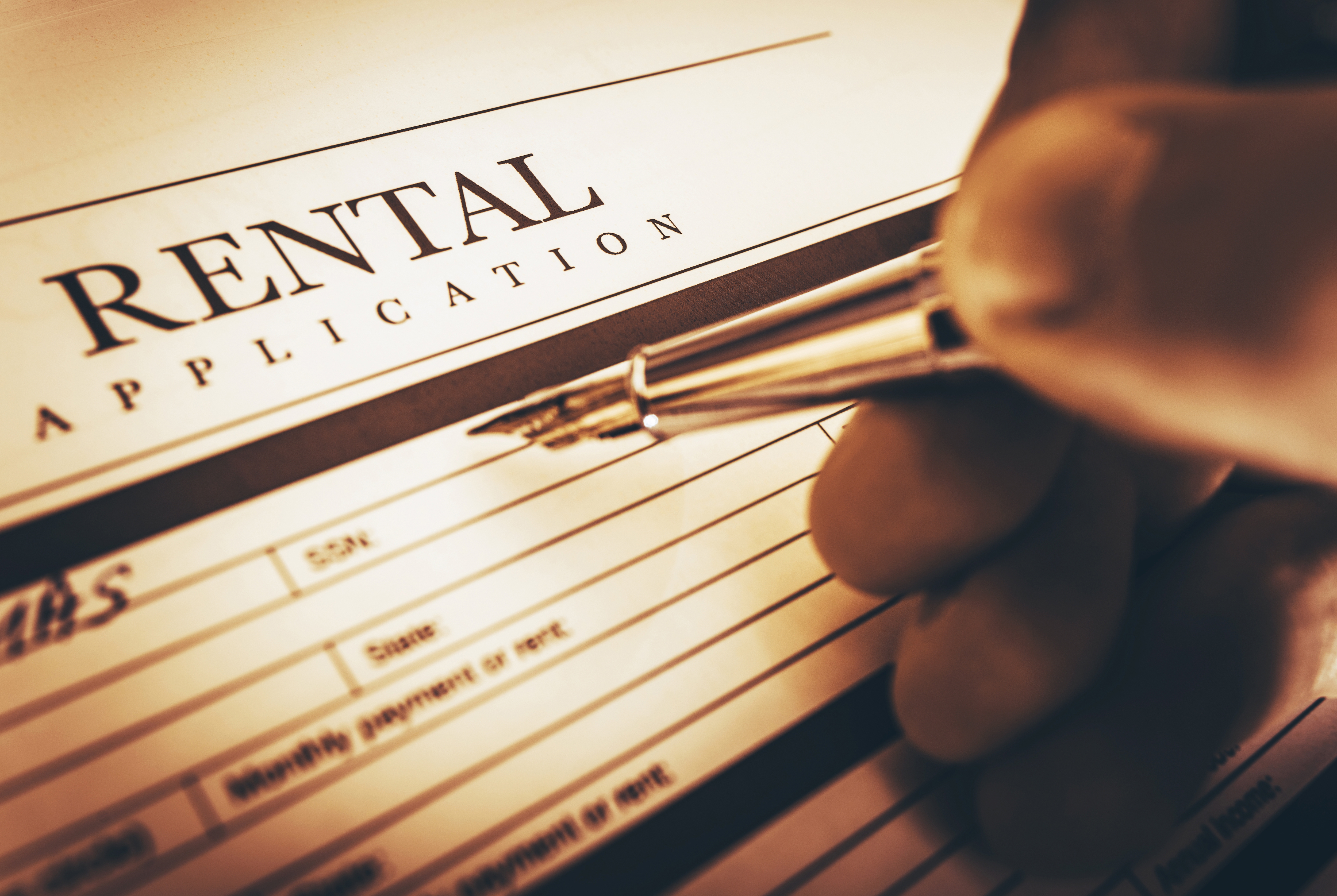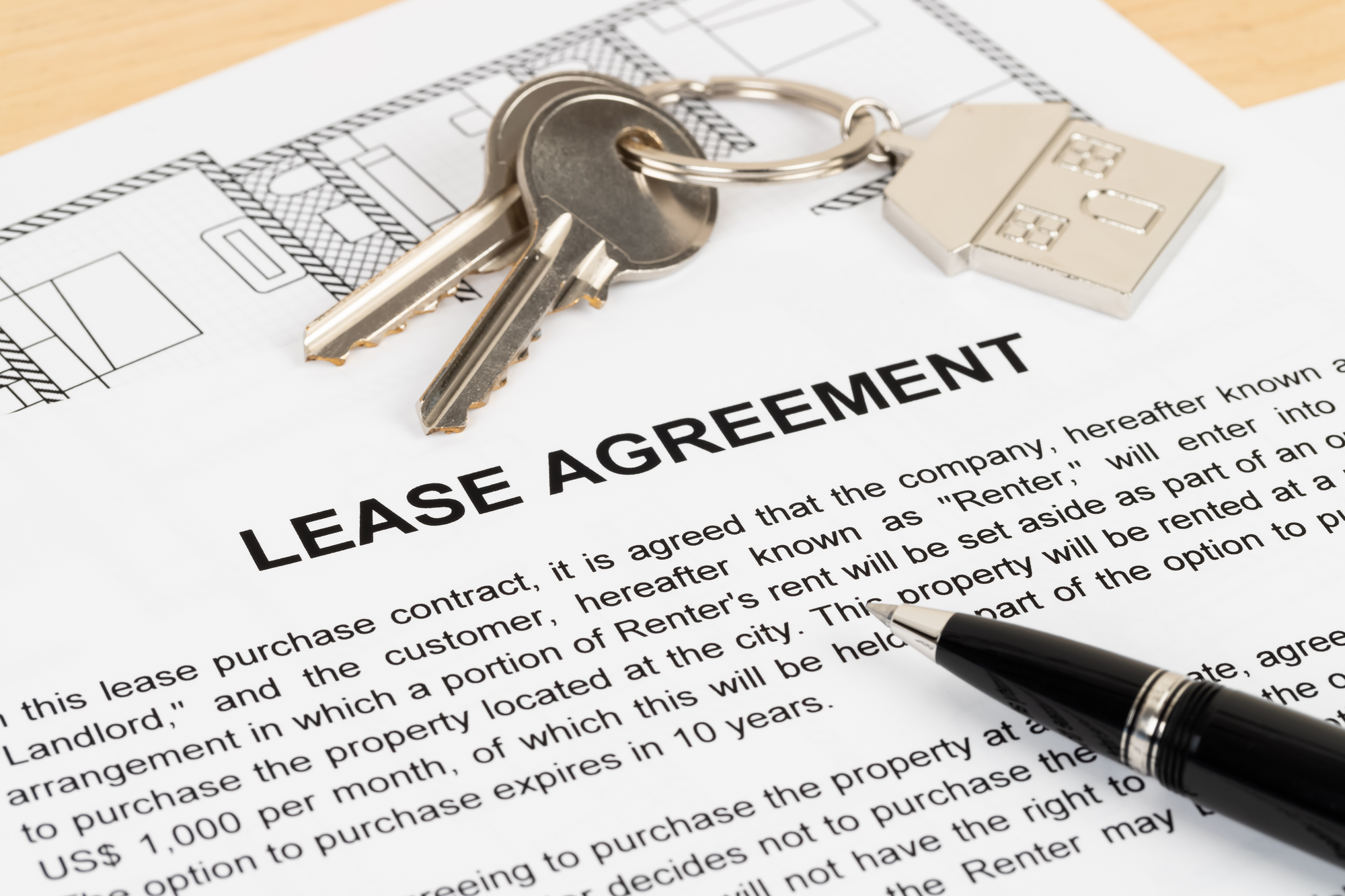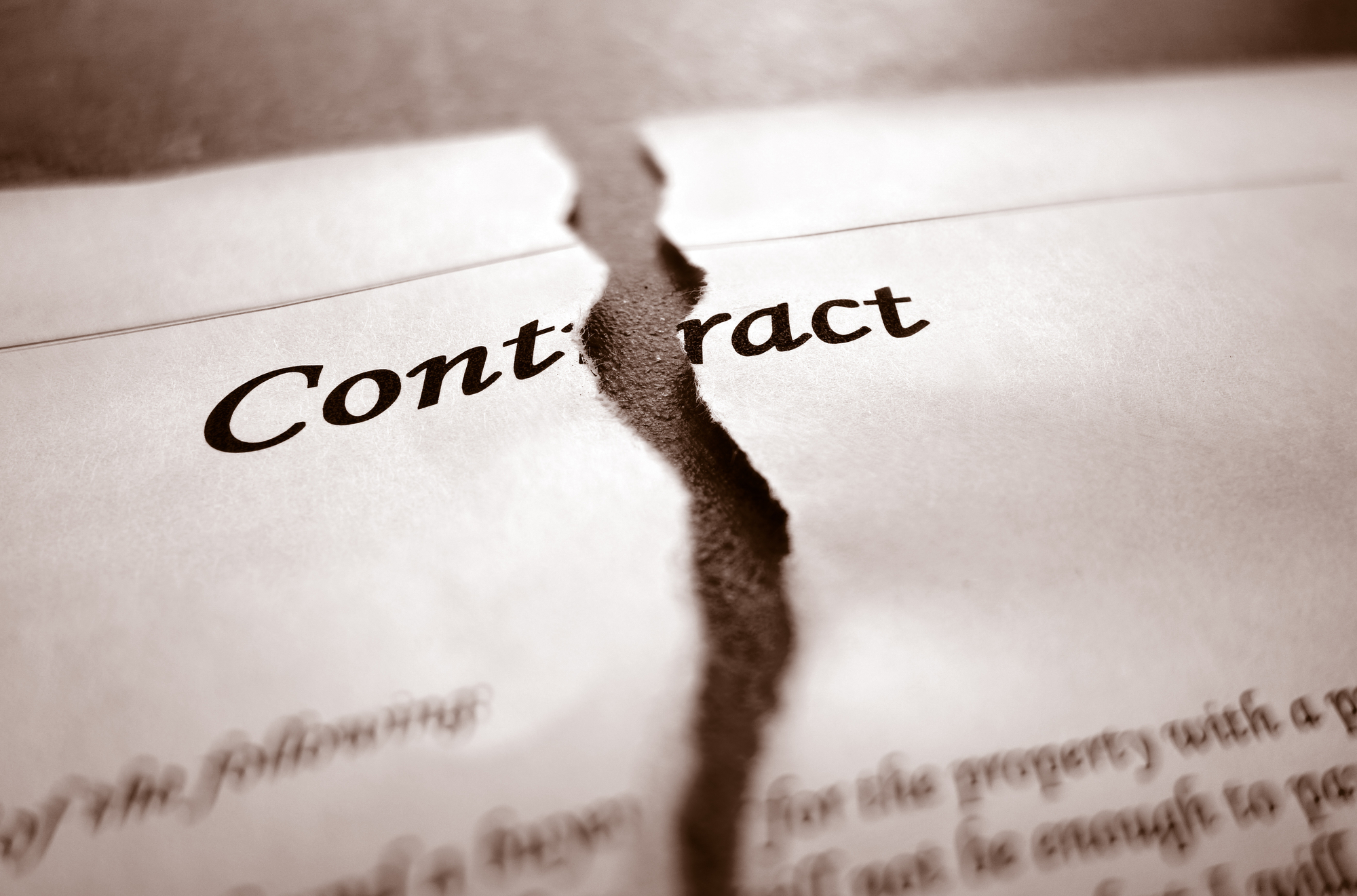McKinney property management comes with a lot of little “what ifs.” These are the sort of questions that you may not think much about before investing in real estate—and they certainly won’t make a “Top 10 Things You Should Know” list about real estate investing—but they can still be stubborn enough to ruin your day. For example: what should you do when you get a request to add a tenant to your lease mid-way through the leasing cycle?
Depending on your rental demographic, the answer to this question could take a few different forms:
- Maybe you’re renting to a group of adults in their early twenties, and the new addition is simply one friend taking the place of another
- Perhaps you’re looking at a relationship that has turned serious enough for a couple to start cohabiting
- Maybe a parent is moving in with their adult children so that they can provide some necessary care or assistance.

The situations you encounter will be as unique as your tenants, but they can leave you in a tough spot as an investor and a landlord.
Ultimately the question you’re probably asking with respect to your portfolio is, "Is it smart to add a tenant to an existing lease?” Surprisingly, there are some good reasons for considering it—but only with some careful ground rules. A tenant’s living situation may change unexpectedly, and being flexible can help you keep a suitable tenant for the long run.
Adding a new tenant isn’t necessarily any riskier than the initial application decision at the start of a lease; stick to a few best practices that you can apply to your property portfolio from the experts in McKinney property management, and you’ll keep your investment in great shape!
Formalize the Process
- If you get the sense that a tenant (or group of renters) wants to add another resident to the lease, then it’s best to start by asking for a formal written request.
- This request provides you with an official notice that you can retain as a record, and serves as your launch point for all the steps to follow.
- Whether your tenants approach in person, by phone, or informally in writing, take this step.
This is also your opportunity to draft the right addendum for your lease to address a new tenant. This may include additions to your security deposit or an increase in the rent that you ask for the property in question. If you're uncertain about how you should approach it, don't be afraid to work with a McKinney property management company!
If a potential tenant is asking to be added to a lease mid-cycle, it’s often due to some unique circumstance. This situation may be a significant breakdown in relations between the initial set of tenants (college roommates, anyone?), a major shift in a current relationship (such as a proposal), or a challenging family event.
Despite whatever strong feelings your tenants may have about the new addition, when you add them to the lease, they assume all of the legal responsibilities that any other tenant carries. It’s essential to avoid the temptation to cut corners in this scenario. Treat any new addition to a current lease the same way that you would handle any other new tenant. This includes pursuing a thorough screening of the prospective renter.
- When you’ve received a request to add to the lease from your tenant or tenants, have the potential resident complete a new rental application.
- You’ll want to screen this new renter the same as any other! Conduct a background check, look for a credit report, follow up on references, and do all the due diligence that you would at the beginning of a lease.
- This information—as it would at any other time—will empower you to make the right decision about whether or not the prospective new tenant will be an excellent addition or not.
Making Your Choice
- When you’ve finished screening the potential tenant, you should have all that you need to make your decision.
- If you decide that they’ll be a good fit for your McKinney rental property, you’ll need to draft a new lease or an appropriate addendum.
- There won’t need to be many changes from the current lease, but it’s still essential to ensure that you’ve formalized the agreement just as you did when the first tenant or tenants moved in.
- Be sure that both your new and old tenants sign the new lease or addendum if this is the route that you take.
- Choosing to have your tenants sign an amendment to the current lease is ideal if the prospect of drafting a new lease doesn’t appeal to you.
If you choose to reject the prospective tenant, for whatever reason, be sure that you send the current tenant a written notice with an explanation of why you decided to reject the proposed addition. You’ll also need to reach out to the prospective tenant that you screened and let them know that you rejected their application—just as you would with any other applicant.
Being thorough with your paperwork is a great way to protect your rental properties—regardless of where they are in the rental life cycle!

Finalize the Details
If you chose to add a new renter to the lease after your screening process, be sure to sit down after the paperwork is complete and go over the details of living on your property that the lease entails.
- Be sure that they understand their obligations for rent and care of the property.
- Go over the lease so that you be sure that they know it.
- Provide copies of the new lease or lease amendment to all of your old tenants as well.
- Confirm that they understand any changes to the terms of the lease.
Renthub Is Here to Help!
Like many topics that leave investors stunned or surprised, a mid-lease tenant addition can be handled with grace when you work with the right professionals! Plus, with the advantage of experience, you'll find you field less 'surprises' overall.
RentHub Property Management can help you! As a professional McKinney property management company, we know how to thoroughly screen tenants, deliver organized documents and records, stay on top of legal changes, and be your buffer for the landlord-tenant relationship.
Don't get tied down by the details: reach out to RentHub Property Management and put our expertise to work! A great place to start when adding new tenants is with our Tenant Screening Checklist!
Download The Checklist





